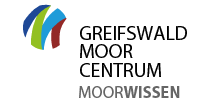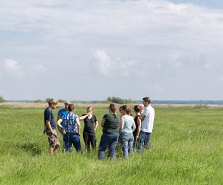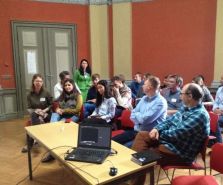DESIRE
Development of sustainable peatland management by restoration and paludiculture for nutrient retention in the Neman river catchment
The project „DESIRE“, supported by the Interreg Baltic Sea Region Programme 2014-2020 for 2.5 years, started in January 2019. The project is confirmed as a flagship project of the EU Strategy for the Baltic Sea Region, Policy Area Nutri and strongly contributes to the aims of the Interreg Baltic Sea Region Programme.
Background

The challenge addressed by the project, the improvement of peatland management in the Neman catchment, is of strong transnational relevance. The project comprises a mixed approach of drafting policy recommendations, generating new knowledge via modelling, and using pilot sites to demonstrate peatland rewetting and implementation of paludiculture. The project aims to increase the capacity of policymakers and other decisionmakers to adopt policies that incentivise peatland management for nutrient retention via enhanced institutionalised knowledge and competence and more efficient use of human and technical resources. Among the target groups are: regional and national authorities in the Neman catchment area, NGOs, decision makers in forestry and water management, farmers associations, and agricultural administrators and consultants. Within the project 8 partners and 9 associates cooperate with each other.
DESIRE focuses on numerous disturbed peatlands in the Neman catchment and will exemplarily restore some of them to act as wetland buffer zones (WBZ). Rewetting stops, inter alia, further soil degradation, decreases uncontrolled water run-off, strongly reduces nutrient- and GHG emissions and is good for biodiversity. Methods are well developed.

Within DESIRE, the ability of rewetted peatlands to catch nutrients will be enhanced with innovative land use practices (paludiculture), i.e. harvesting of nutrient-rich biomass from rewetted peatlands. The few ongoing activities on paludiculture in the focal countries will be supplemented by pilot sites and optimised for nutrient retention. These will be used for awareness raising and communication towards the target group of policy makers. Institutional capacity building will be carried out to scale up the approach across the catchment. Specific policy instruments like river basin management plans and agri-environmental schemes will be analysed and adapted or newly developed within the project to provide instruments and incentives for stakeholders to implement measures following the project's pilot examples.
Economic evaluation of the pilot projects/respectively of paludiculture implementation in the Neman river catchment area will showcase cost-effectiveness of the proposed ecosystem-based measures in comparison to other, more technical installations for nutrient filtering and retention.
Water quality in the Neman basin will benefit by
- reduction of nutrient loads from diffuse sources in the catchment area (mainly arable lands) and
- preventing peatlands to act as nutrient sources and internal-external eutrophication hot spots.
Project area
Map of the catchment of the Baltic Sea. The Neman river basin is marked in red (Global International Waters Assessment (GIWA)).
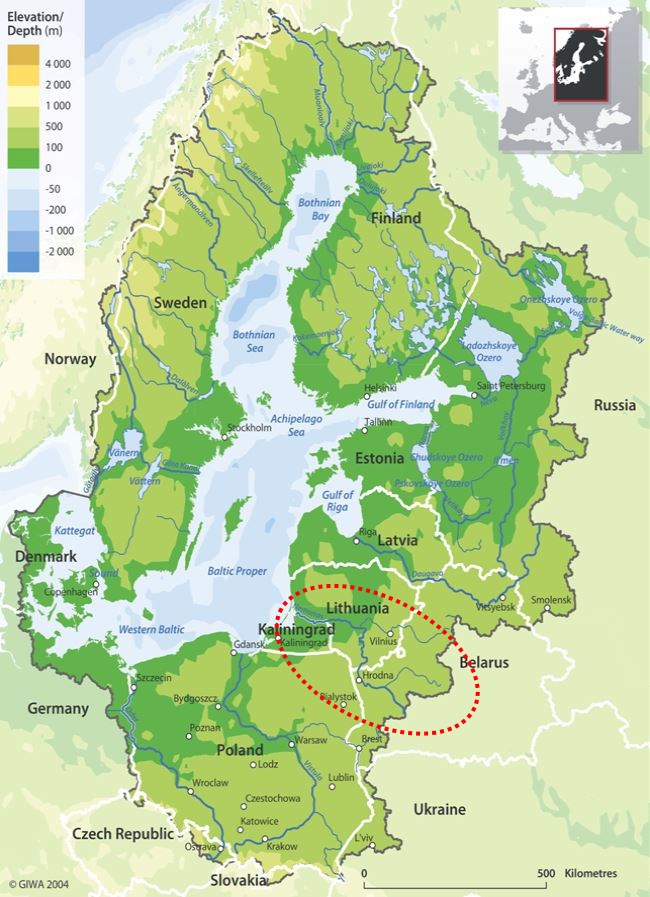
Peatland distribution in the catchment area of the Neman river
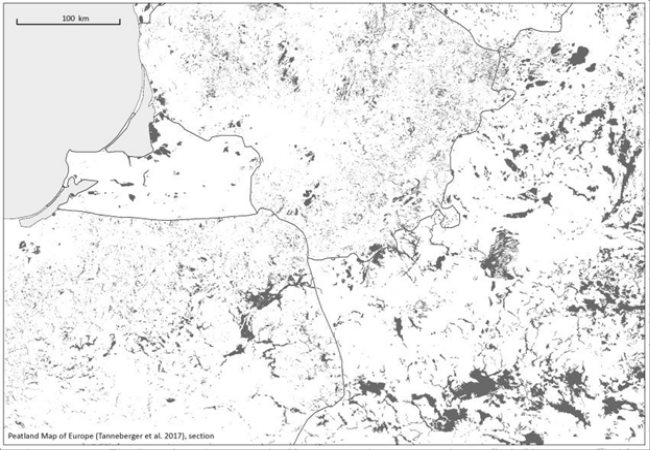
Average discharge and nutrient load of the Neman
| Average (1995-2014) | Year 2014 | 2014 vs. average (%) | |
| Flow (m³ s-1) | 611 | 484 | 79 |
| TN load (t) | 40,611 | 32,645 | 80 |
| TN load (t) | 1,989 | 1,1150 | 58 |







